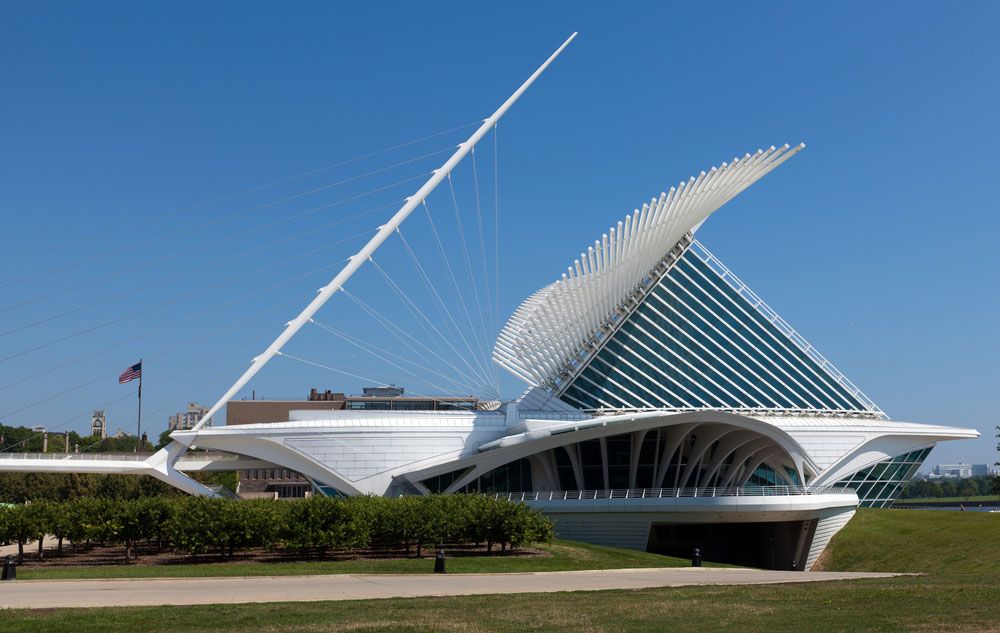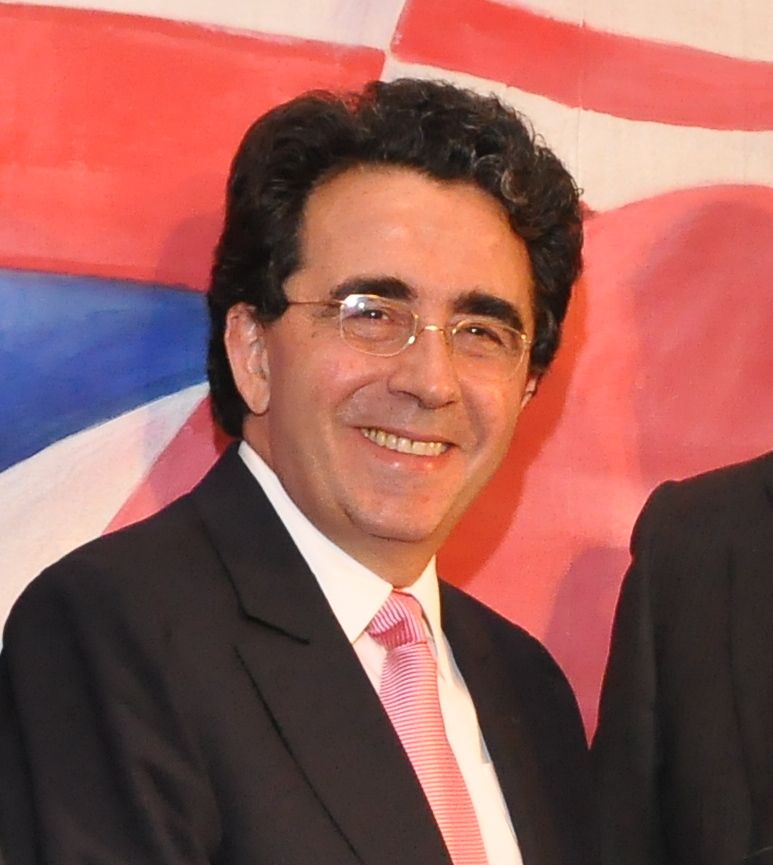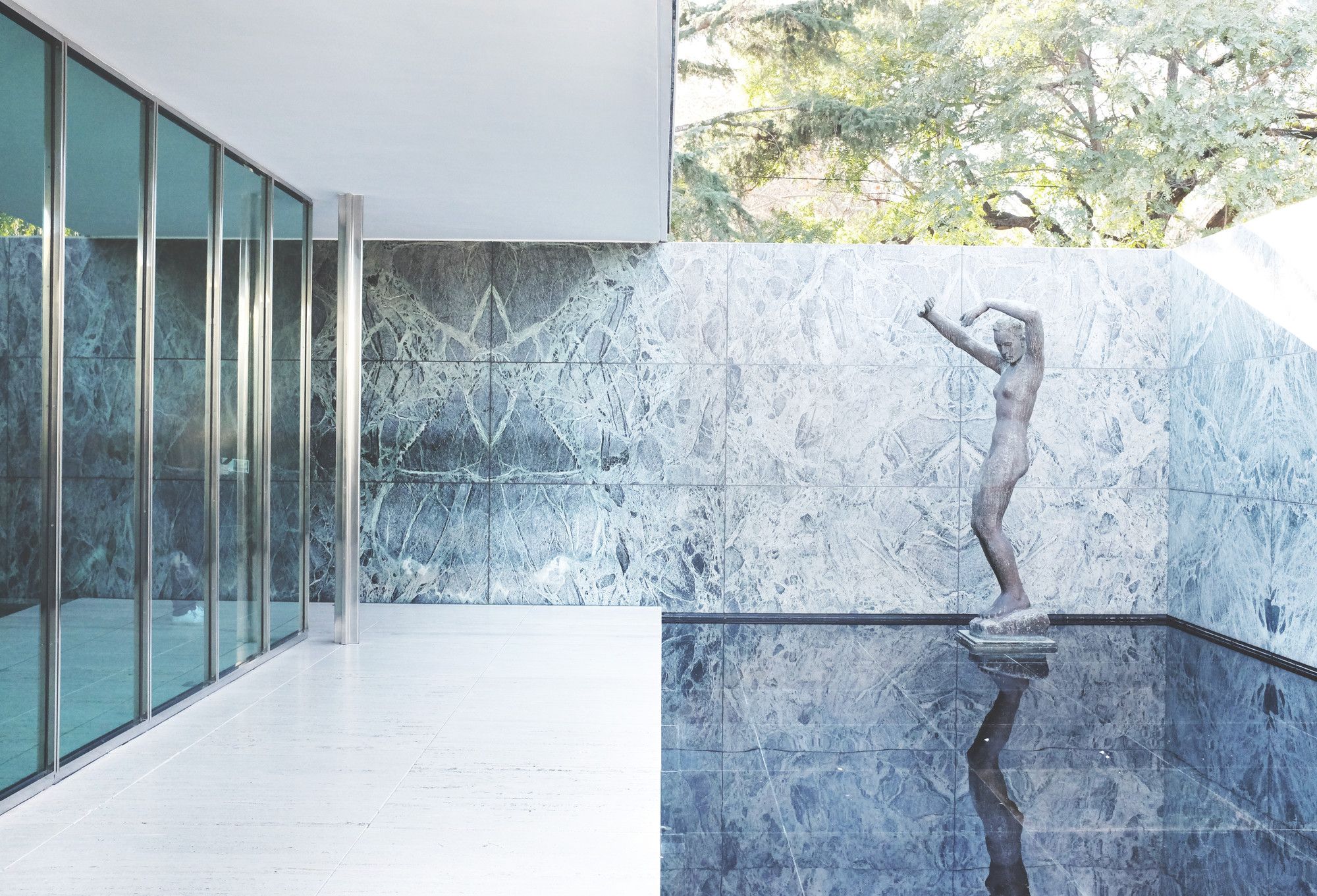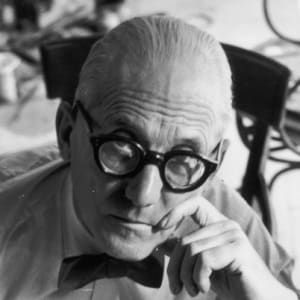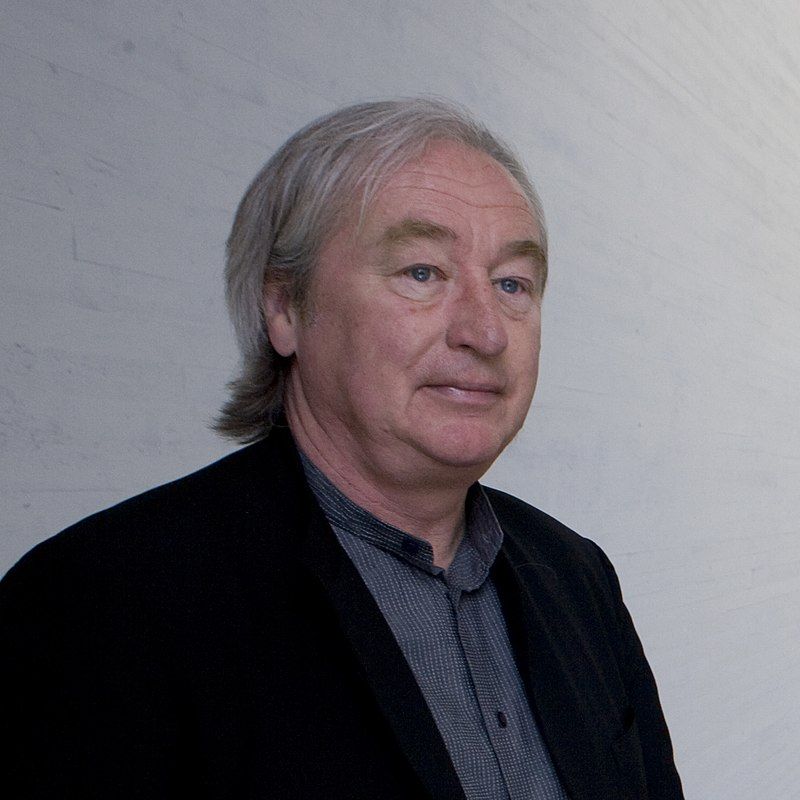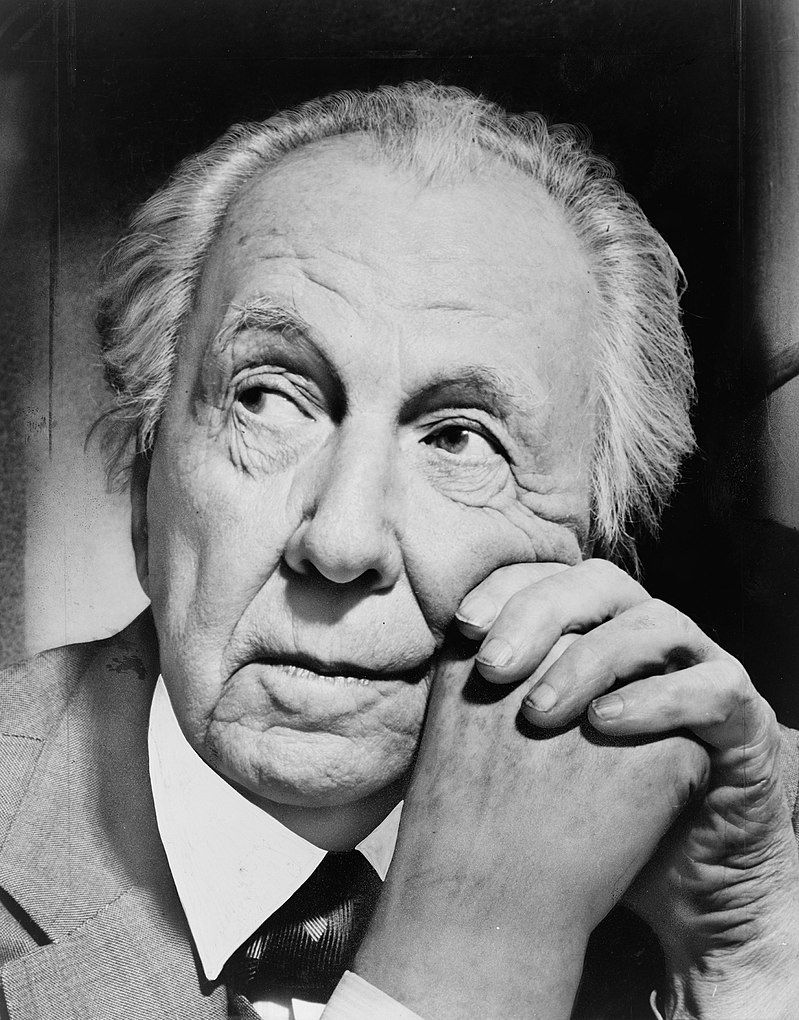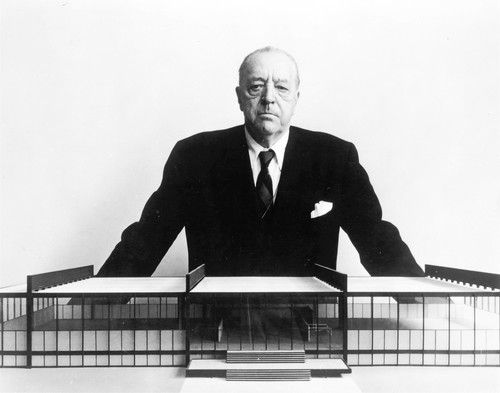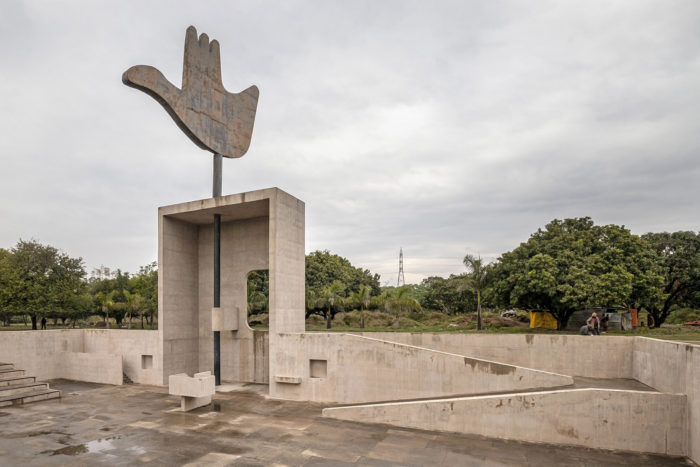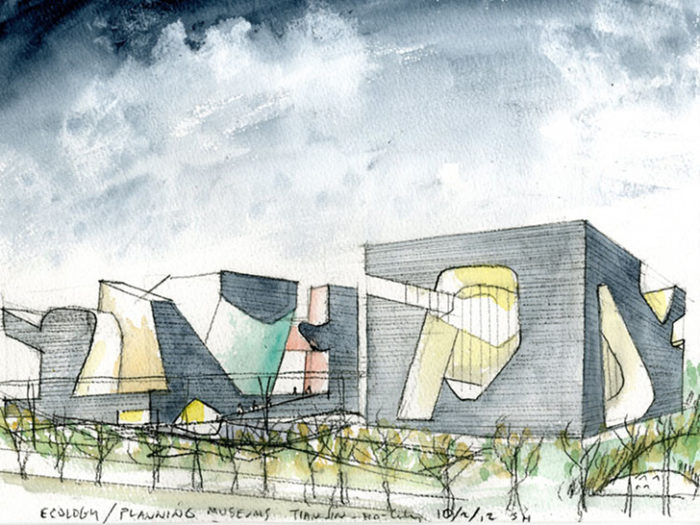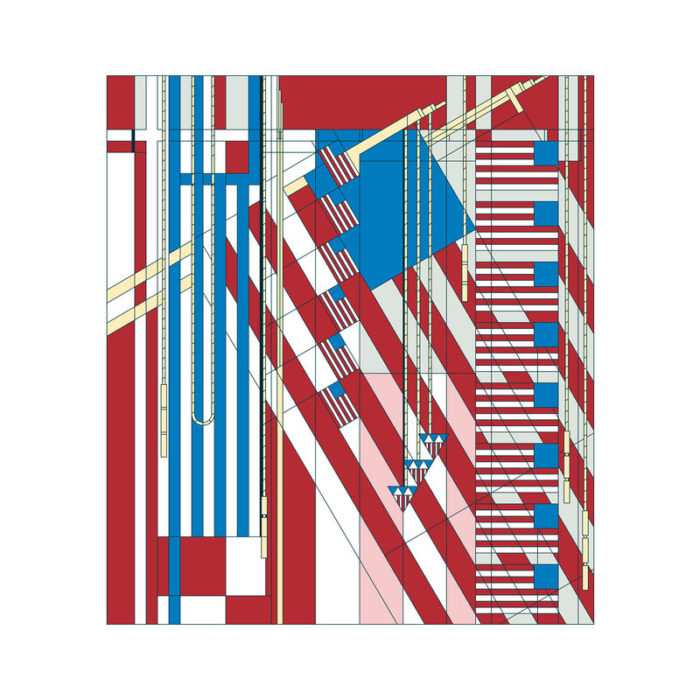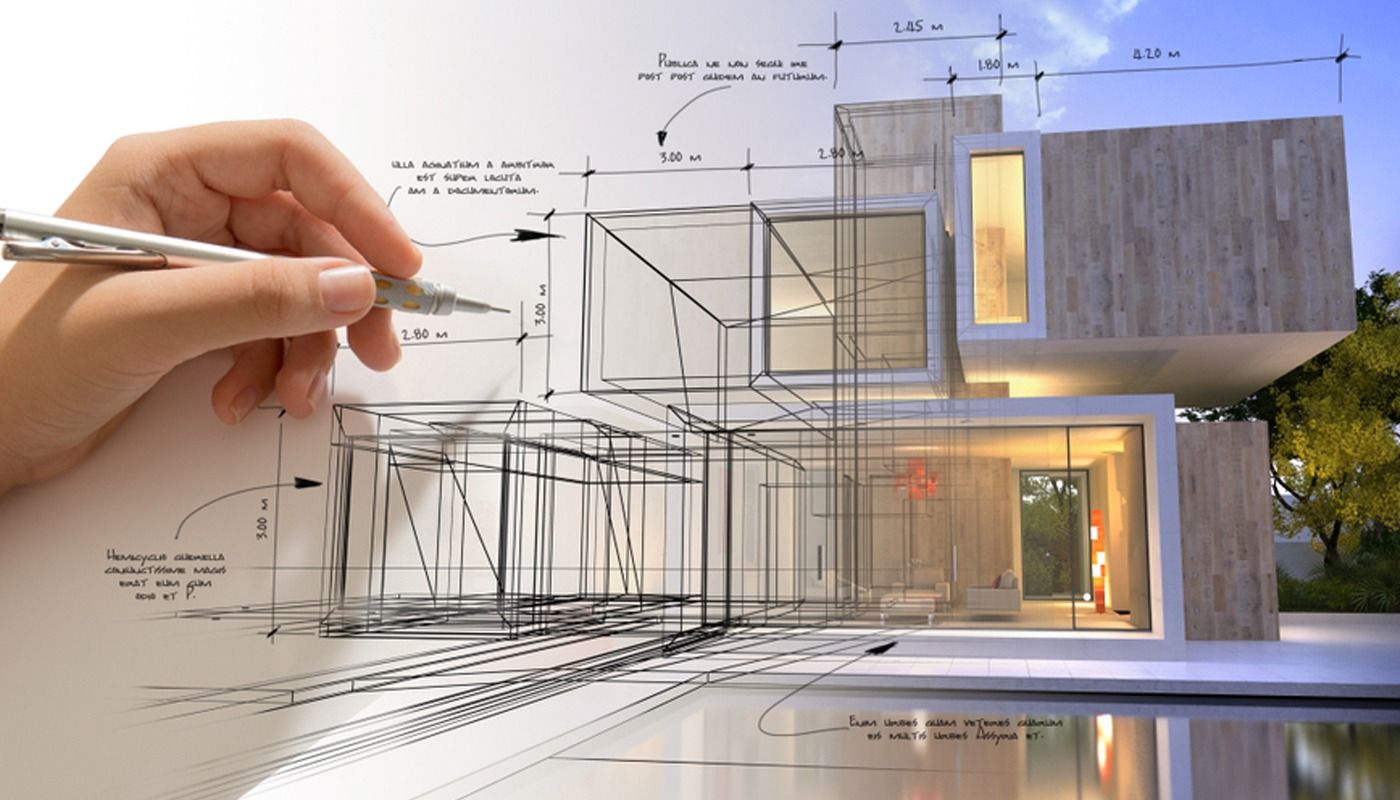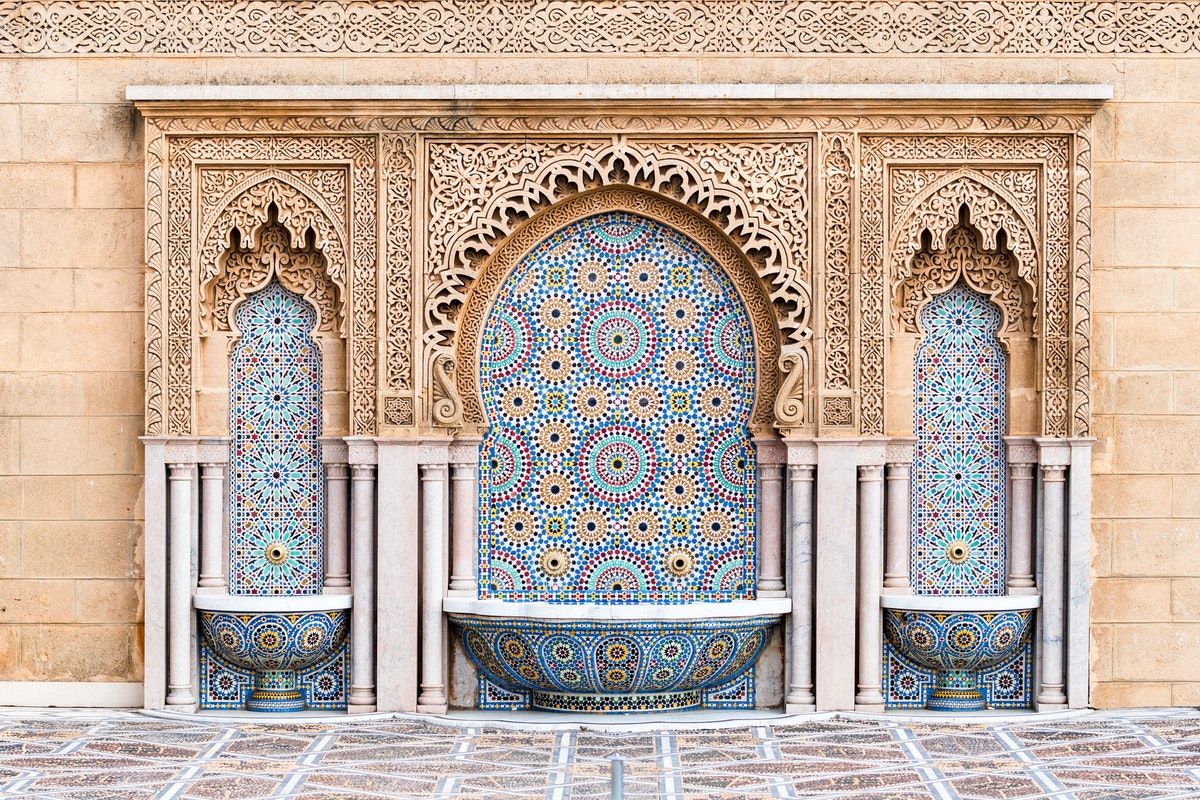Let me define an ‘Archist’ to begin with. As most of you might find it evident, archist is a portmanteau of the words ‘architect’ and ‘artist’. Of the many other hats that architects wear, the more prevalent and integral one they wear is that of an artist. Both well-known and not-so-well-known architects take to the canvas to brush down their thoughts. These may be in the form of random strokes of abstracts or conceptual intends that are carried over to the drawing board or it may be purely a work of art without diversions. Some of these works are true masterpieces which I think were not offered enough credit for the fact that it was produced by a master architect whose actual work surpasses his impromptu skills with the brush. Besides the pieces of advice we get from starchitects, we can as well get inspired by their art.
I have chosen to talk about five archists in this section, and try to further delve into their approach toward art and architecture and nodal points between both.
The story of 5 “Archists”
1. Le Corbusier
Regarded as one of the greatest architects of the early 20th century, Le Corbusier was a pioneer of the Modernist movement. One of his greatest works, the Notre Dame du Haut, Ronchamp, France has been the reason for great intrigue of curiosity among critics. It is a building that is rich in visual stimuli and has opened several interpretations. It would be worth taking a look at the sketches that led him to the building’s concept.
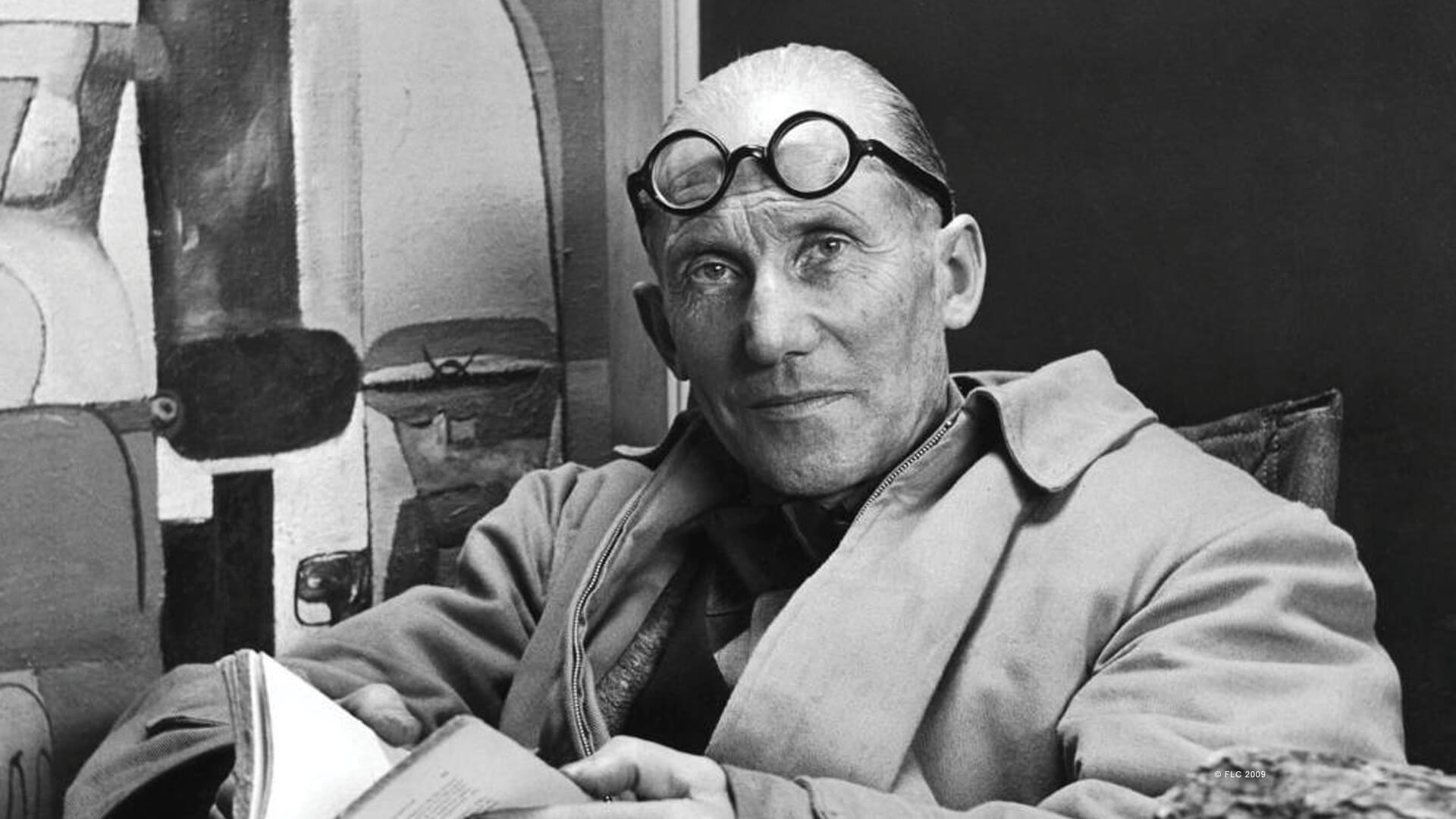
Image: Courtesy of Wikimedia Commons
So here is Corbusier using his drawings purely for the purpose of architecture. Yet, the artist in him has an expression that is far more elaborate and complex. He seemed to follow the Cubist way of expressionism. Although his paintings seem to convey a theme, it exists solely for the purpose of the painting itself and nothing more. He is one of the few architects who is also recognized for his works on the canvas. His paintings alone cost a fortune today.
One of his unusual works is ‘The Open Hand’ which besides being a well-known painting, he has also turned into a monument. The open hand to him was a sign of peace and reconciliation and he used it as a recurring theme in many of his works. The most prominent one though is the 26 m high monument in Chandigarh.
2. Santiago Calatrava
The avant-garde Spanish architect is a polymath. A structural engineer and architect by education, he is also a self-made sculptor and painter. Several of his architectural work is inspired by human and animal anatomy along with other elements that occur in nature. He was quoted saying,
“The first structures I created were inspired by the observation of human and animal anatomy […] the first buildings I created in the United States were very much influenced by nature and plants, maybe because nature is so overwhelming and majestic here!”
Although his flamboyant structural expressions are awe-striking, what is more fascinating is how these structures even take shape in Calatrava’s mind. His first impressions are captured in paintings, some of which undergo several revisions before the final version is reached. Calatrava was an artist since the age of eight and turned to architecture only after his postgraduate education.
Calatrava has displayed his artwork and sculptures in several exhibits around the world. A humanist by nature, Calatrava believes in freedom of the human spirit which both his art expresses and also makes a succinct transformation to his architecture.
3. Steven Holl
Steven Holl, an American architect who bases most of his work on phenomenology, pays great attention to how space is felt and experienced by the human senses. He is well known for his watercolor sketches of spatial manifestations of his architectural work. He is known to carry his brushes and sketchbook with him at all times, so he can paint his ideas whenever they dawn on him. Steven Holl’s artwork is an open impression of what Holl wants to see and experience in his projects.
Although they seem very sketchy, when one pays attention, the painting opens up the depth of ground-breaking thinking that has gone towards space. His paintings clearly reveal the sense of proportion, views, vistas, and the pattern in which light renders a space. It is quite amazing to see how his completed work achieves a near-perfect semblance to his watercolor vision. It goes on to explain how perfectly he has already imagined the space in his mind.
4. Frank Lloyd Wright
One of America’s controversial figures in his time later becoming hailed as the country’s very own home-grown talent, FL Wright has inspiration written all over him. While we are on the topic of the painter-architect, Wright’s story is quite offbeat and so are his paintings.
This painting above was that of a stained glass window that he commissioned in a playhouse of children. The normally earthy-toned architect chose vivid colors and a festive play of shapes for the kindergarten children who were likely to stay at the estate. Yet another interesting story of Wright is that he turned illustrator/graphic designer to make ends meet when his life was a scandal and he was barely making any money from architectural practice.
In New York, motivated by his sister, Wright stopped at nothing in order to keep his creativity alive. For twelve months in the year 1927, FLW prepared illustrations for Liberty magazine which were abstract art of nature, balloons, people, etc. The most famous of them all was ‘4th of July’ which was abstracted from the US flag which he is known to have loved. His son John Wright was quoted as saying,
“Papa loved the five-pointed white stars of the blue field. He said the red stripes meant to be brave; the white, to be pure; the blue, to be true.
5. Mies Van Der Rohe
Yet another great modernist of his time, MVDR embodied very mature work while also being a great educator in his time by contributing to Bahaus and IIT, Chicago. MVDR was not much of a painter, yet I choose to talk about him because I believe he is one of the pioneers of mixed media and montages. His images of architectural representation bear strong visual stimuli that open up several possibilities. His method of representation drew away from clichéd methods of his time, instead sought to represent the core idea in the most focussed manner.
“I am extremely interested in the junction between art and architecture. I do believe that when architecture transcends building to encompass meaning, and when art becomes intrinsic to the built environment, our collective imagery can be actualized.” Van Der Rohe
His artwork portrayed a high standard of modernist principles which tried to iterate the ‘Less is more’ dictum. He wanted to create a style that was simple and easy to adapt around the world. It is quite evident that his philosophy speaks aloud in his artwork too.
I have only chosen five well-known archists who I believe have drawn pathways for many of us to tread upon, learn and adapt in our work too. Yet, there are many, many more architects with the mind of a painter and vice versa who may be found. Just after studying and writing on these five people, I have drawn tremendous inspiration to become an archist too.
By: Carola Winnie
